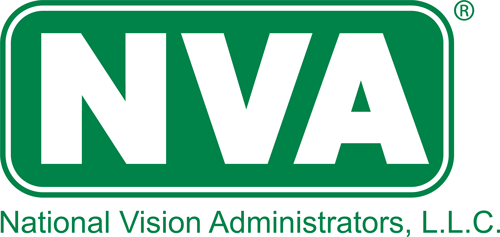No interest if paid in full within 24 months**


Nationwide LASIK Network
SEE Now, Pay Later Promotion
- Save $1,100 on LASIK ($550 per eye)*
- Affordable & Guaranteed Payment Plans
- No interest if paid in full within 24 months**
On purchases of $3,600 or more with your CareCredit credit card. Interest will be charged to your account from the purchase date if the promotional balance is not paid in full within 24 months. Minimum monthly payments required*.
Find a LASIK Provider
Frequently Asked Questions
Everything you need to know about LASIK procedures.
How is LASIK performed?
Doctors may choose to use either a microkeratome (a small bladed instrument) or a laser to create a hinged flap in the outer layer of the cornea. The flap is gently lifted to allow an excimer laser to reshape the cornea. After the cornea has been reshaped, the flap is returned to its original position.
What should I expect before, during and after my procedure?
Exam — In order to determine if you are a good candidate, you will have to see an Optometrist or Ophthalmologist for testing. They will measure the size of your pupil and thickness of your cornea, map the “imperfections” on your eyes, as well as measure your prescription. You will be requested to remove your contact lenses prior to the exam and again before treatment. This amount of time will vary depending on the type of contacts worn. Your eyes will be dilated so bring sunglasses to your appointment.
Day of treatment — On the day of treatment, you should not wear any creams, lotions, perfumes or makeup. The procedure is performed in the office, in a temperature controlled environment. A speculum is inserted under the eyelids to hold the eye open and numbing drops are administered. You will be asked to stare at a blinking light to steady the eye. The flap is created and the cornea is reshaped. The flap is then replaced to its original position. This whole procedure will take less than 30 minutes.
After treatment — You will be able to see objects as soon as the treatment is over. Your eyes may get watery and tear or have the feeling that an eyelash is in the eye. It’s possible your eyes may look red or bloodshot. These symptoms should improve considerably within the first few days after surgery. You will be advised to take a 3-4 hour nap when you return home. Within the first 24-48 hours, you should return for your first post-operative care visit. Expect to return for post-operative care visits until the doctor releases you from his or her care.
What is the difference between traditional and custom?
Traditional/Conventional — This can be used to correct lower order aberrations only. Optical machines, such as an auto-refractor, a corneal topographer and a pupilometer are used to take measurements of your eyes. These machines are used when measuring your prescription for glasses and/or contacts.
Custom — is also commonly referred to as wavefront-guided treatment. Special mapping equipment is used to evaluate individual shape and structure, producing an image as unique as a fingerprint. The equipment is more precise than traditional methods and uses light to create a three-dimensional map of the eye.
What if I blink or move during the procedure?
The speculum eliminates the possibility of the patient blinking during the procedure. The lasers also have built in tracking systems which are able to detect any movement of the eye.
Will I still need my reading glasses after my procedure?
Presbyopia is when the crystalline lens in the back of the eye naturally stiffens, causing it to be difficult to focus on objects close up. This will result in the need for reading glasses, but not typically until someone reaches their 40’s. While LASIK doesn’t correct presbyopia, monovision is an alternate type of procedure where the doctor will correct one eye for distance and the other eye for close up vision. This could alleviate the need for reading glasses.



